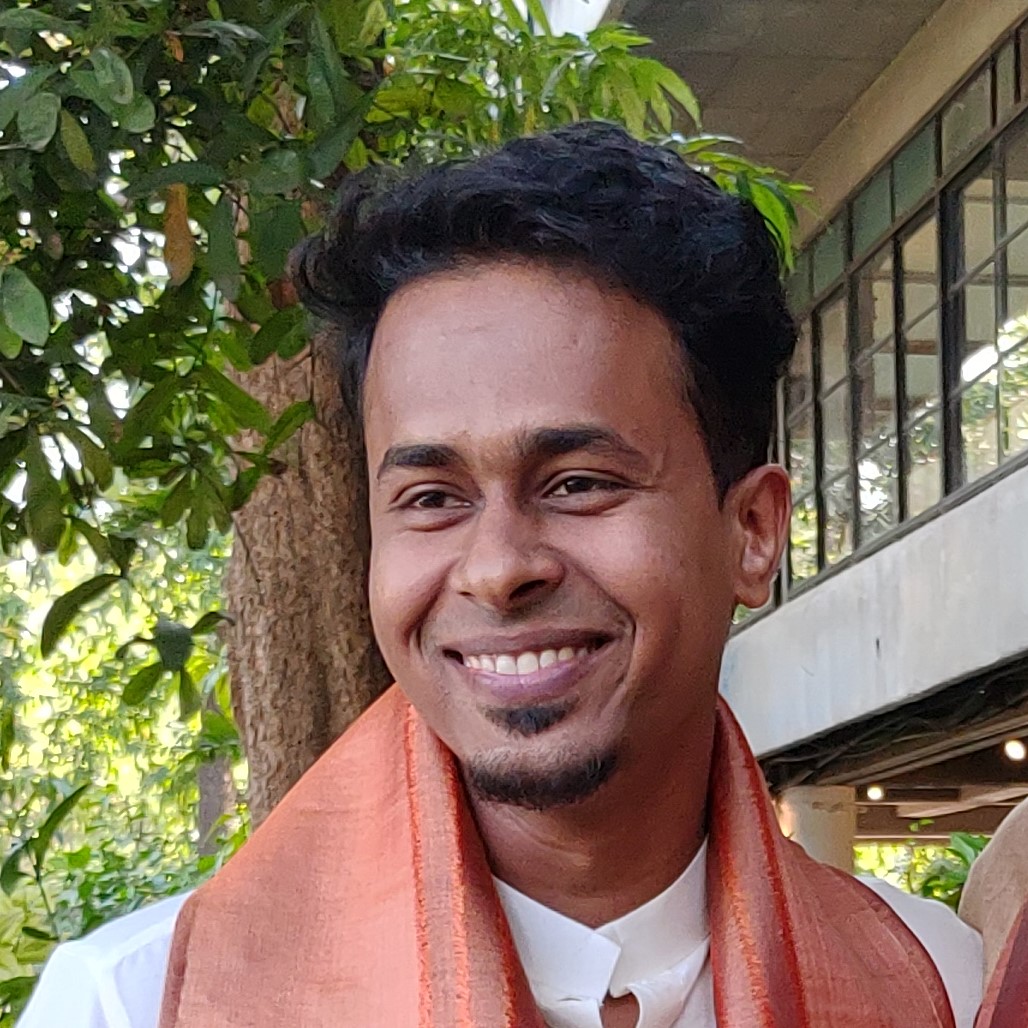What it does
The monetary transaction is so common & is heavily vision dependent that we often take it for granted. But for blind people, this simple task of the transaction of money turns into a tough one. Our product Drishti enables blind people to perform it with ease.
Your inspiration
In 2018 we had a course on Design for Special Needs, during that time we got inclined towards problems faced by visually challenged people on a daily basis. After 3 to 4 days of interacting, shadowing, and sensitizing with blind people we realized that most of the problems faced by them have already been addressed to a certain extent, but the difficulty to identify currency notes is not yet solved. This problem is made severe after the demonetization in November 2016, when the market has both new and old currency notes in circulation with inconsistency in their dimensions. We felt that this is the right problem and high time to address it.
How it works
The use of the product is pretty easy, it is done in 2 simple steps. Step 1: Place the note in the left-bottom corner of the template and align it to the left and bottom edges of the template. Check the width of the note with the right edge and notch of the template. -If the note aligns with the notch then it is an old note with the lower denomination of 5, 10, 20 rupees. If the note goes beyond the right edges then it is an old note with a higher denomination of 50 and 100 rupees. If the note aligned with the right edge then it is a new note of denomination 10, 20, 50, 100, 200, 500, and 2000. Step 2: This step will tell you about the exact denomination of the note to do so, check the height of the note in reference to the steps of the template. Through the combination of the width of the template to the height of the template, we can identify any one of the 12 notes in current circulation. To see how it works check out the video.
Design process
Our process is divided into 3 phases i.e. research phase, the solution phase, and the Testing phase. Research Phase: -Understand the actions, interactions with the objects, and currency notes, of the user. -Visited blind school, college, blind associations, to understand their lives, government support, and technologies available. -Secondary research, market research, studying solutions we identified an unmet gap between the problem and the solution. -Understanding the “mental model” of the blind people behind their own ways of identifying the notes. Solution Phase: -We established a unique dimensional relationship between the old and the new notes. -Explored possibilities from image processing, color sensing, length scanning, templates to a solid block. -The tactile template is finalized, it is similar to the existing mental model of blinds that will shorten the learning curve. -Exploring the design in various materials like a thick board, polypropylene sheet, OHP sheet, and fabrication process like cutting, stamping, and laser cutting. Testing Phase: -Testing the finished prototype with the end-users, understanding their interaction with the products. -Doing required changes and improvements in the product based on the feedback and our observation. -Final testing.
How it is different
There are only a few options available in the market that is mostly sensor-based which makes it expensive, as more than 60% of the blind population in India lives in a rural area with comparatively low income and the digital divide. Indian government launched a Smartphone App to identify currency notes, to make it work efficiently blind people need to have a smartphone, which is a constrain as not everyone could afford one, the learning curve is also high. On the contrary, our solution is completely standalone, tactile, is equal to the size of credit card, cost around 10 rupees makes it affordable, waterproof, tear-resistant, easy to produce. This is how our product is unique.
Future plans
Our vision is clear, to make it reach every single blind person in the country. Even after our design is IP protected we want it to be open-source so that everyone can get benefit from it. Currently, we are talking with Blind People Association & a couple of eye hospitals on ways to fund and distribute the product to the intended users for free. Production of the product is so simple that it can be produced in any city at any time, all you need is a polypropylene sheet, a laser cutting machine, & the CAD file of the design. For the future, we have some ideas to design the currency notes in a way that this problem is solved at its source.
Awards
2018: Design Registration at Patent Office, India. Design Reg. No. : 305630. 2019: Paper Presentation at “E3_Universal Design Practice Conference III” under the category Designing for Inclusive Learning Experience. 2019: Taiwan International Student Design Competition - Finalists. 2019: Lexus design award India - Finalists.



Connect